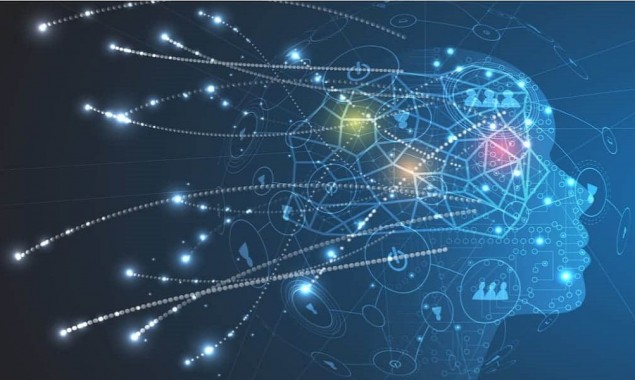Tesla is developing an AI-powered humanoid robot
The Tesla humanoid robot will be programmed to do dangerous and monotonous...

AI Networks Modelled on Human Brain Connectivity Can Execute Cognitive Tasks
Cognitive tasks can be performed by artificial neural networks modeled after real brains.
A new study reveals that artificial intelligence networks based on human brain connectivity can perform intellectual tasks efficiently.
Researchers reconstructed a brain connectivity pattern using MRI data from a large Open Science repository and applied it to an artificial neural network (ANN). An ANN is a computing system that, like the biological brain, has multiple input and output units.
A team of researchers from The Neuro (Montreal Neurological Institute-Hospital) and the Quebec Artificial Intelligence Institute trained the ANN to complete a cognitive memory task and observed how it performed.
Previous research on brain connectivity, also known as connectomics, concentrated on describing brain organization rather than how it performs computations and functions.
Traditional ANNs have arbitrary structures that do not reflect the organization of real brain networks. Researchers hoped that by incorporating brain connectomics into the design of ANN architectures, they would be able to learn how the wiring of the brain supports specific cognitive skills as well as derive novel design principles for artificial networks.
They discovered that neuromorphic neural networks, or ANNs with human brain connectivity, performed cognitive memory tasks more flexibly and efficiently than other benchmark architectures.
The neuromorphic neural networks were able to support a wide range of learning capacities across multiple contexts by using the same underlying architecture.
Bratislav Misic, a researcher at The Neuro and the paper’s senior author, says, “The project unifies two vibrant and fast-paced scientific disciplines.”
“Neuroscience and AI share common roots but have recently diverged. Using artificial networks will help us to understand how brain structure supports brain function. In turn, using empirical data to make neural networks will reveal design principles for building better AI. So, the two will help inform each other and enrich our understanding of the brain.”
Catch all the Sci-Tech News, Breaking News Event and Latest News Updates on The BOL News
Download The BOL News App to get the Daily News Update & Follow us on Google News.